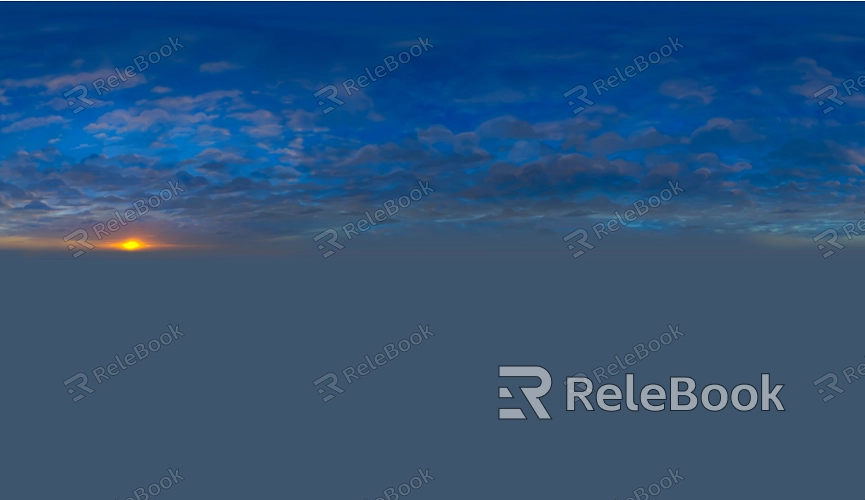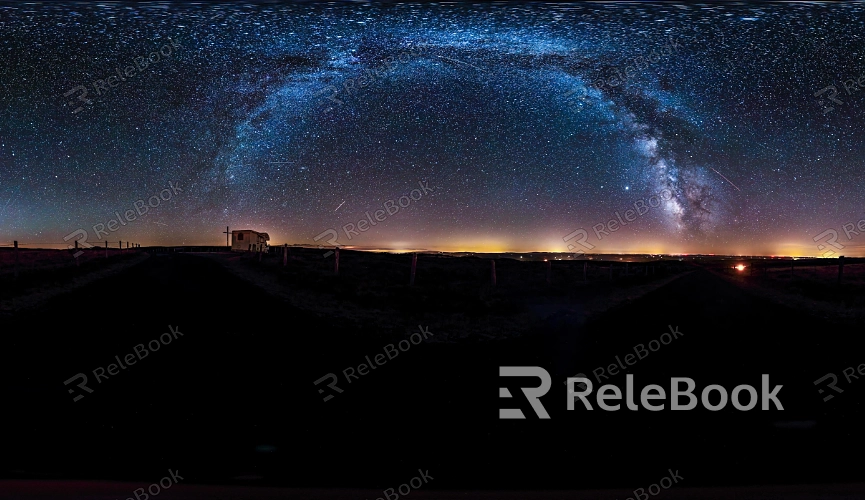What is the difference between HDR and standard textures for night renders?
In urban night scenes and indoor lighting, selecting the right type of texture is crucial. HDR (High Dynamic Range) textures and standard textures have distinct use cases and significantly affect the final rendering results. Both types of textures can be utilized in various 3D software, including Blender, 3ds Max, and Maya. This article will explore the key differences between these textures in night rendering, helping designers make more informed choices.

Basic Concept Differences
HDR textures can represent a broader spectrum, typically containing more detail from dark to bright. They provide a more realistic effect under extreme lighting conditions. In contrast, standard textures have a more limited range, often failing to accurately depict the contrast between strong light and shadows, especially in nighttime scenarios.
Light Representation
Using HDR textures allows for better simulation of the complexity of light sources, such as streetlights and neon signs. Standard textures may struggle in this regard, often unable to effectively show how light sources influence their surroundings, which can result in a flat appearance.
Dynamic Range
HDR textures capture a greater range of brightness information, allowing designers to adjust exposure during rendering to achieve a more realistic effect. Standard textures, however, restrict this adjustment space, which can lead to the loss of details, particularly in areas with significant brightness variation.
Color Depth
HDR textures generally offer higher color depth, enabling the presentation of more color details in nighttime scenes, thereby enhancing visual impact. On the other hand, standard textures tend to have lower color depth, resulting in potentially monotonous color representation at night.

Flexibility in Use Cases
When designing complex night scenes, HDR textures are often the preferred choice due to their flexibility. They can adapt to various lighting conditions, providing a more refined visual effect. While standard textures can still be effective in simpler scenarios, they may require additional post-processing in more complex environments.
Compatibility and Performance
In high-performance rendering engines, HDR textures can significantly improve rendering speed, especially when dealing with large scenes. Although standard textures might be easier to use on lower-end machines, their performance advantages are less apparent in demanding nighttime rendering.
Impact on Post-Processing
HDR textures provide greater flexibility in post-processing, allowing designers to make more adjustments during compositing, resulting in a more personalized final effect. In contrast, using standard textures often limits post-processing options, which may require reliance on additional image editing software.
Real-World Application Examples
In game development and film production, many professional teams have widely adopted HDR textures to enhance night scene representation. For instance, some AAA games utilize HDR technology to create realistic lighting effects in urban night designs. Conversely, independent developers or smaller projects may lean towards standard textures to save on development time and resources.
Final Thoughts
Both HDR and standard textures have their advantages and disadvantages for night rendering. Designers should choose based on specific needs—HDR textures are undoubtedly the better option for high realism. This article aims to clarify the applications of both types of textures in night rendering, ultimately enhancing your design skills.
If you’re looking for high-quality HDR image resources, 3D textures, SketchUp models, or 3ds Max models, Relebook is an excellent place to download textures and models to create your own models and virtual scenes. By downloading textures and models from Relebook and importing them into 3ds Max, you can significantly improve the quality of your work.

